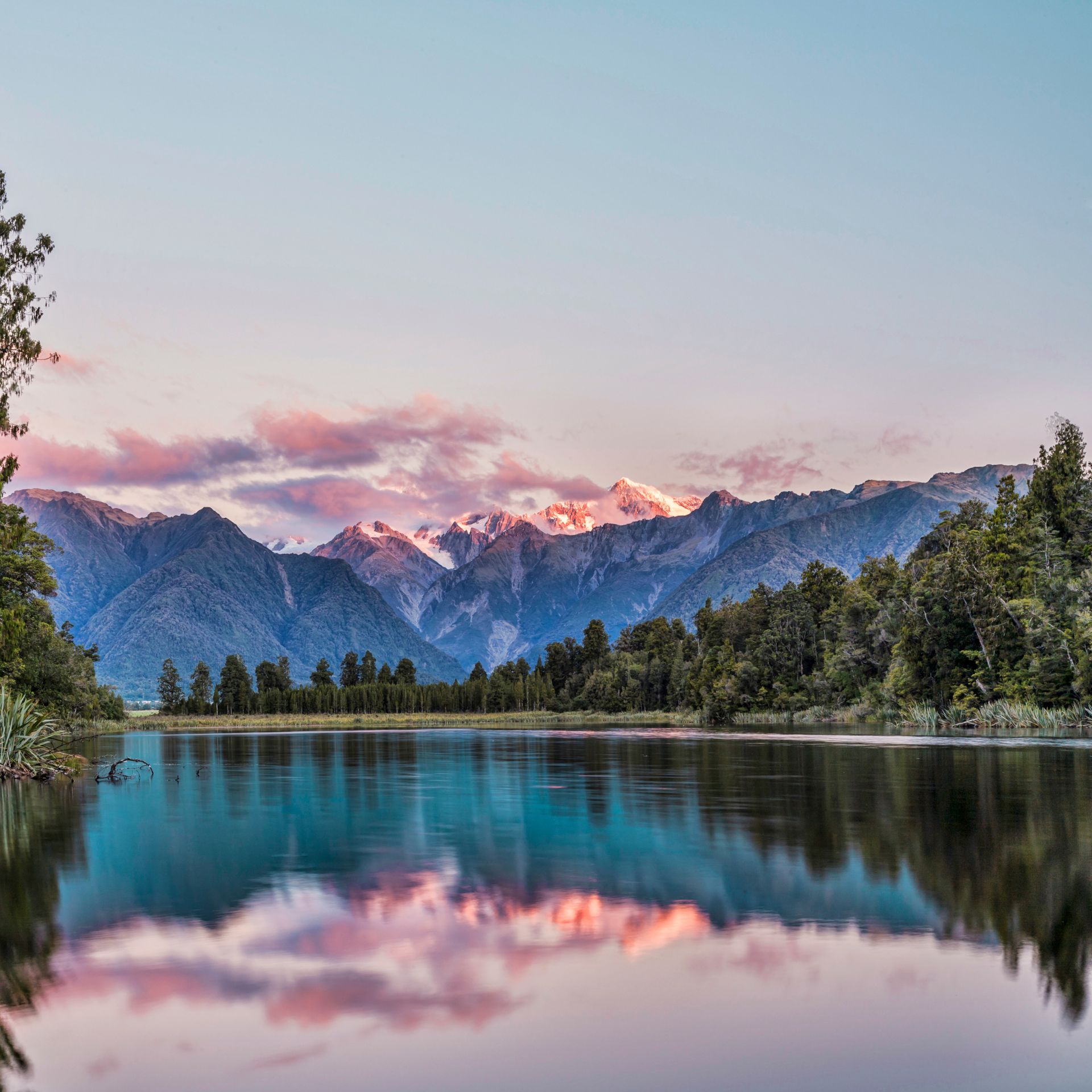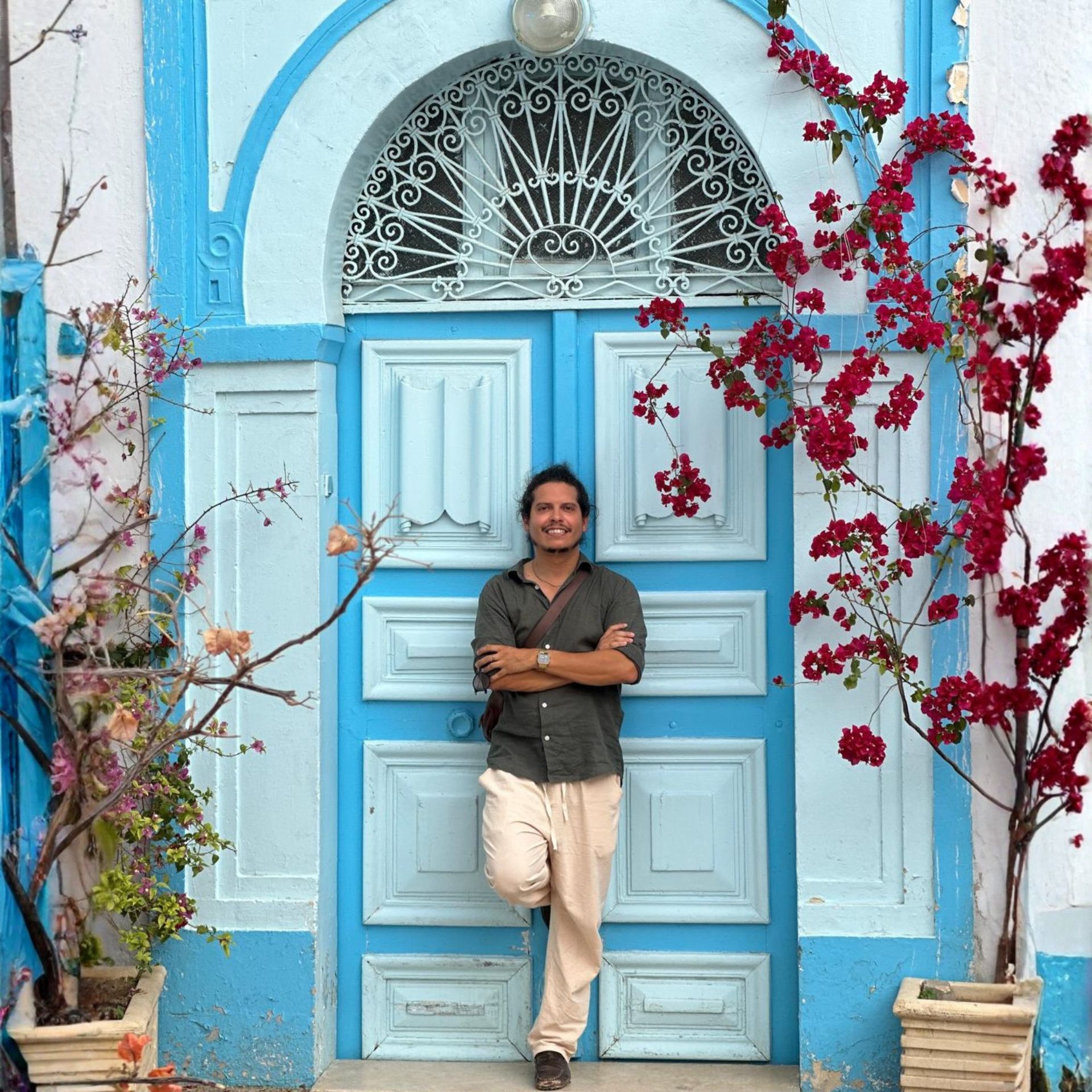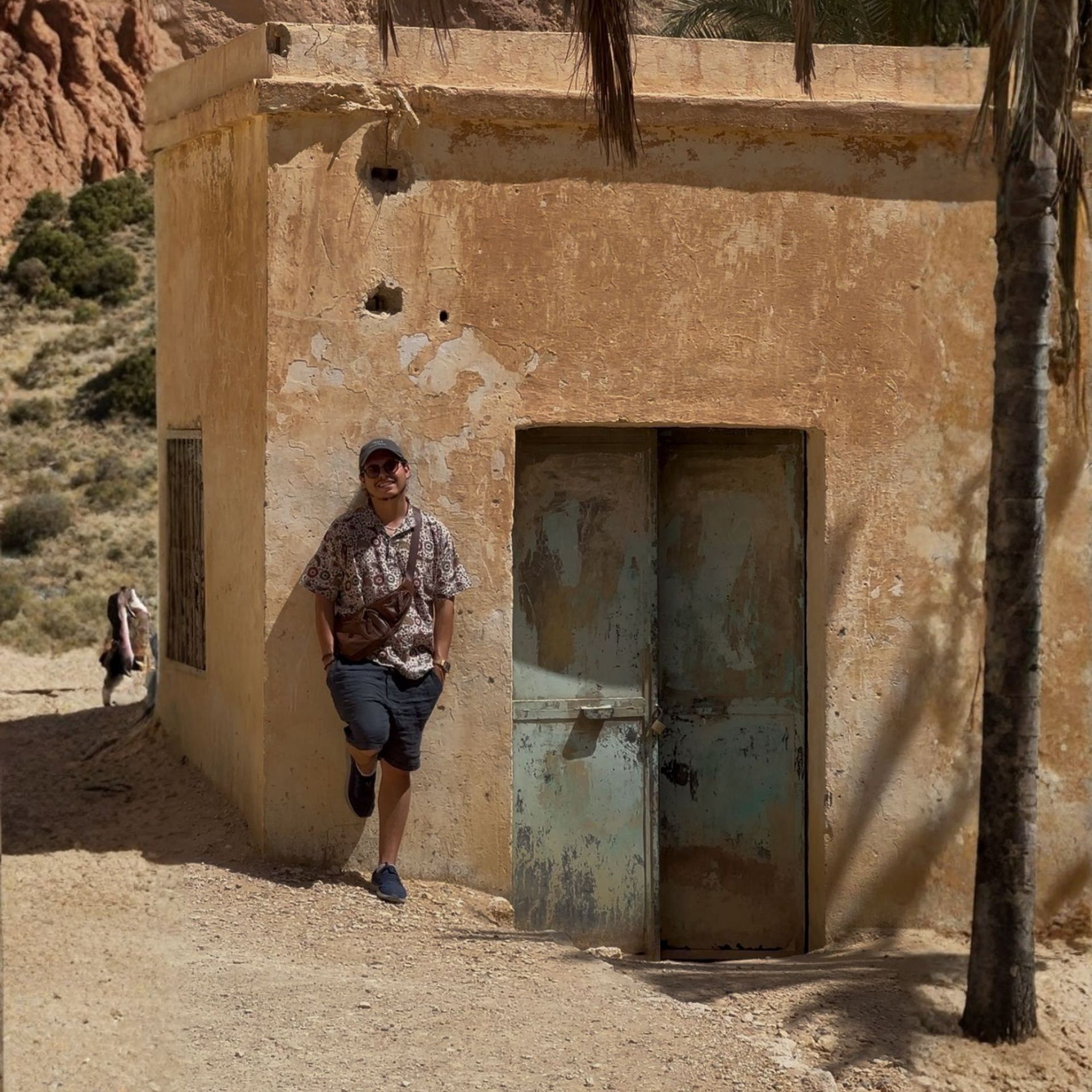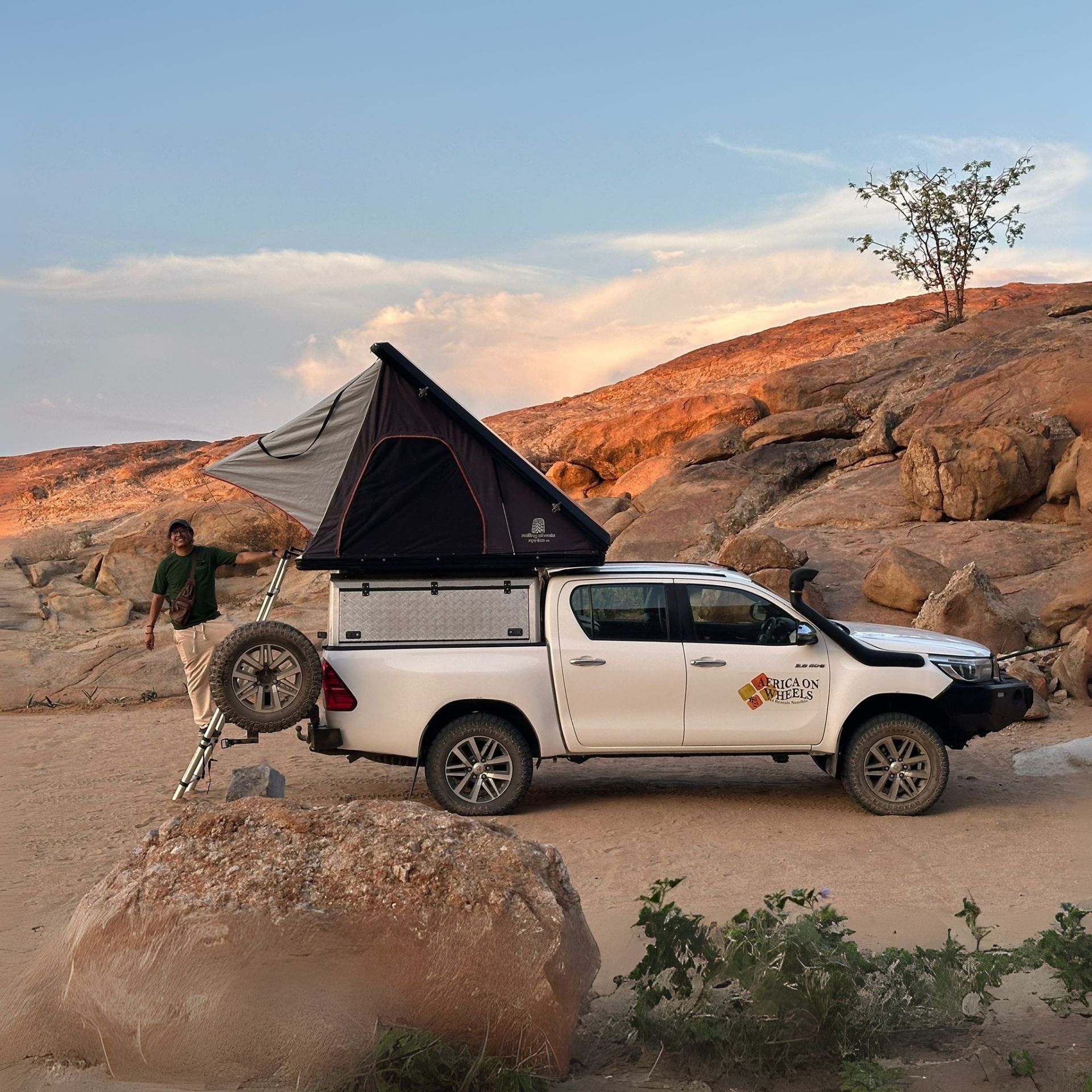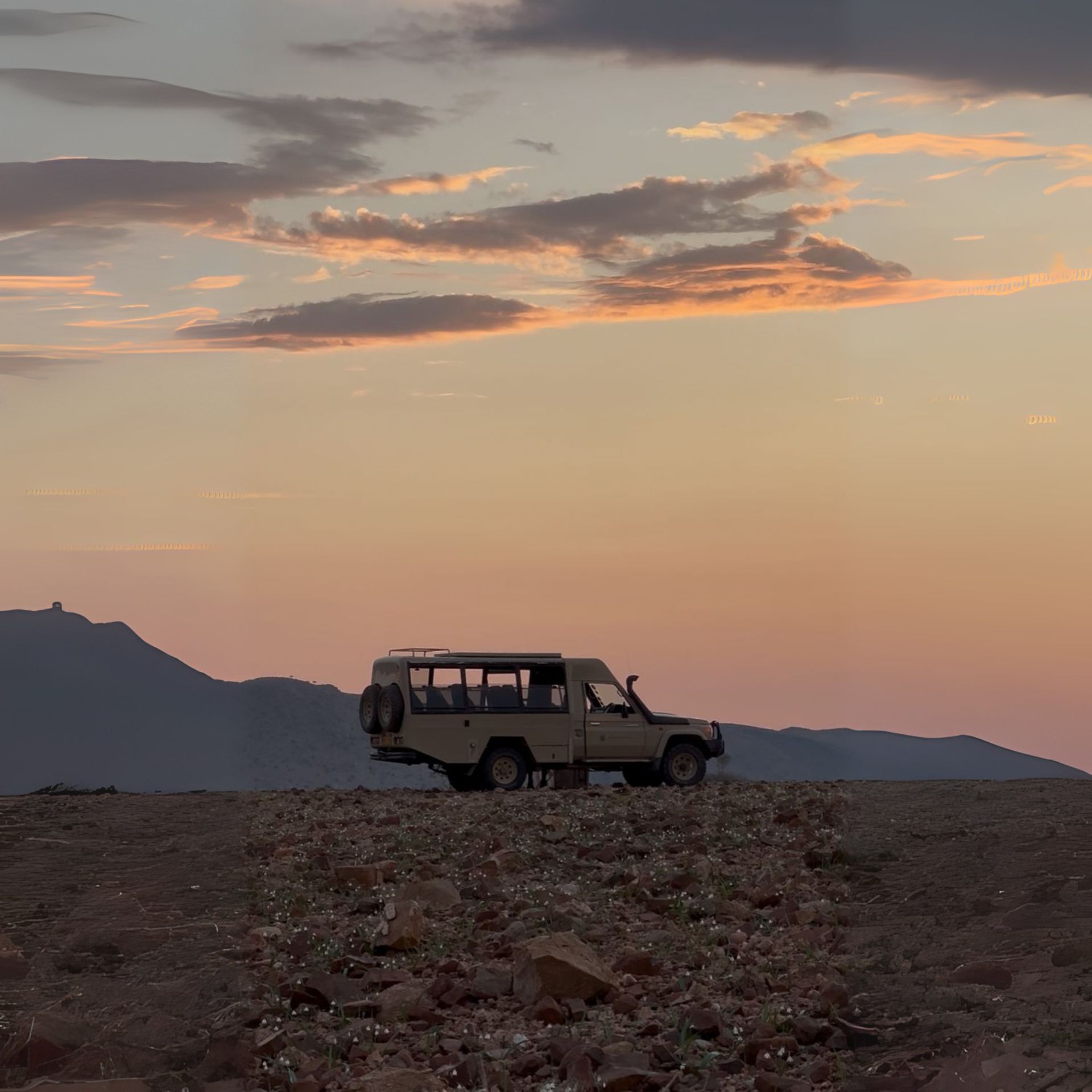While staying with the San tribe in Botswana, I learned more about their culture and traditions – I also understood the good and bad of visiting indigenous tribes.
The sun was setting down at the Makgadikgadi Pans in Botswana and members of an indigenous tribe arrived in our lodge in the middle of the savanna. After an energetic dance while playing a rhythm using handmade drums, they asked our group to join for a walk to show us how they live and survive. They are the San people of Botswana, also known as the Bushmen – one of the most threaten indigenous cultures of southern Africa and maybe the world’s first human race.
While some consider these kinds of activities a “human circus” and extremely unethical, I sat down with the San and discussed the pros and cons of doing the so-called “ethnic tourism”.

Ethnic tourism is growing as a travel trend
Traveling is going nowadays in one single direction: a closer and more personal encounter to the traditions and culture of a country. From paying more attention to food as a form of cultural experience to visiting local tribes in countries of Africa, Asia and South America.
This last one is called ethnic or tribal tourism and the trend is growing very quickly, as travelers want to get a face to face with some of the most unknown tribes in the world.
For me ethnic tourism is a way to learn more about indigenous communities and try to understand their approach to life. In the past years, I sat down with the Rastafari in Jamaica to talk about veganism, fed reindeers with a Sami in northern Sweden and, here in Botswana, observed a healing exorcism dance with the San.
Yet, the question still comes out: how sustainable are these practices and how ethical are these visits to get a glimpse of a culture?
Read more: Most unique places to go in Namibia

Learning the San Bushmen cultural practices
Life at the Makgadikgadi Pans is simple and quiet. There were only 10 cabins at the lodge I was staying, and we were maximum a group of 12 people at an area of the size of a small country. This is not the place where tourist buses arrive one after another or shops sell different flavors of gelato and cheap souvenirs.
Here in the heart of Botswana, the San people don’t even have houses to stay, as they live and sleep under the stars – they live their life at the lodge premises the same way their ancestors lived decades ago.
During our walk with the San, we strolled around the wild Savanna as they explained us how they hunt, find food and fresh water out of local vegetation and start a fire out of nothing. It was a revealing experience about the daily struggles the San people have and a glimpse of how tough life in the wilderness can be.
Furthermore, it didn’t feel like a show for tourists at all, but simply a real-life experience in which I was only there to observe and learn.
Read more: The Batwa People Of Uganda – A Tribe On The Edge Of Disappearing

Another kind of ethnic tourism
There are approximately 55.000 San in Botswana and most of them can’t live the way the way their predecessors did. Modernization and constant relocation have been a big issue in the past centuries for the San and although they want to get back to their former practices, many are facing nowadays poverty, marginalization, and government indifference.
At the Makgadikgadi Pans was different. Lodges and Safari operators in Botswana are working hard in prevailing the cultural importance of the San. Twice a year, they invite between 20 to 25 San members to live for 6 months and come back to their local practices without worrying about the outside world.
“Many San in Northern Botswana have to deal with modern practices like working for money and paying for services. Here at the camp premises we offer them the opportunity to keep their cultural lifestyle and also show it to the world”, said Kegomoditswe Malabola, a professional safari guide at Camp Kalahari near Botswana’s Makgadikgadi Pans.
The San in Makgadikgadi don’t dress for tips or expect travelers to pay for a photo or their company.
At night, I was even invited to observe a trance healing dance – some sort of exorcism in which a “shaman” enters to an altered state of consciousness by hyperventilation while dancing. After entering in this state, he walks around and heals the demons out of the community. Although I only stayed for a couple of hours witnessing this bizarre experience, my safari guide told me they kept dancing for the whole night.
Read more: How to take photos of the stars when traveling
Read more: Which ethnic groups can you see in Namibia

Culture conservation at San Cultural Centers in Botswana
Local lodges are not the only ones worrying about losing the precious heritage of the San people. Places called San Cultural Centers are helping members of the San community to acquire general life skills and learn more about their own history, culture, and language. It also runs as a facility in which travelers and locals can learn more about the San and their traditions – of course, this is all run by the San self.
The San Cultural Centers offer an opportunity to learn more about one of the oldest tribes in human history and at the same time have the certainty that we are not causing any impact into San’s culture.
Read more: Visiting the Makgadikgadi Pans in Botswana – a different kind of Safari experience
Read more: All you need to know before visiting the Devil’s Pool in Zambia

Is it bad to visit indigenous communities when traveling?
Awareness about sustainability has been a big issue in the past years and more people are being conscious about the damages they might cause when traveling. Being a sustainable traveler doesn’t mean to not travel at all or avoid ethnic tourism completely. It simply means to be more aware of our contribution to the environment and culture.
Unfortunately, it’s extremely complicated for tribal communities to fight for their rights without having the necessity of adapting to modern ways of life. However, practices like the one I encountered at Botswana’s Makgadikgadi Pans taught me that there are different alternatives to preserve the culture and at the same time support ethnic tourism.
Read more: How much do you know about travel culture?
Read more: How to plan a trip to the Okavango Delta

Visiting a San Cultural Center and or getting close to the San at a private concession was a way in which I was getting to know one of the most interesting tribes in the world, but at the same time not affecting their lifestyle.
Indigenous communities are struggling all over the world in order to survive and the way their heritage is protected is not only dependent on them, but big part on us.
Read more: Meeting The Pygmies – Africa’s Forgotten Tribe
Read more: Meeting the Mundari in South Sudan

